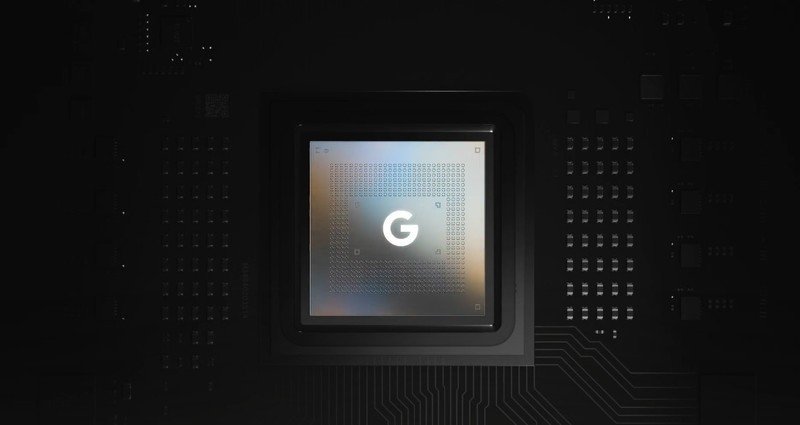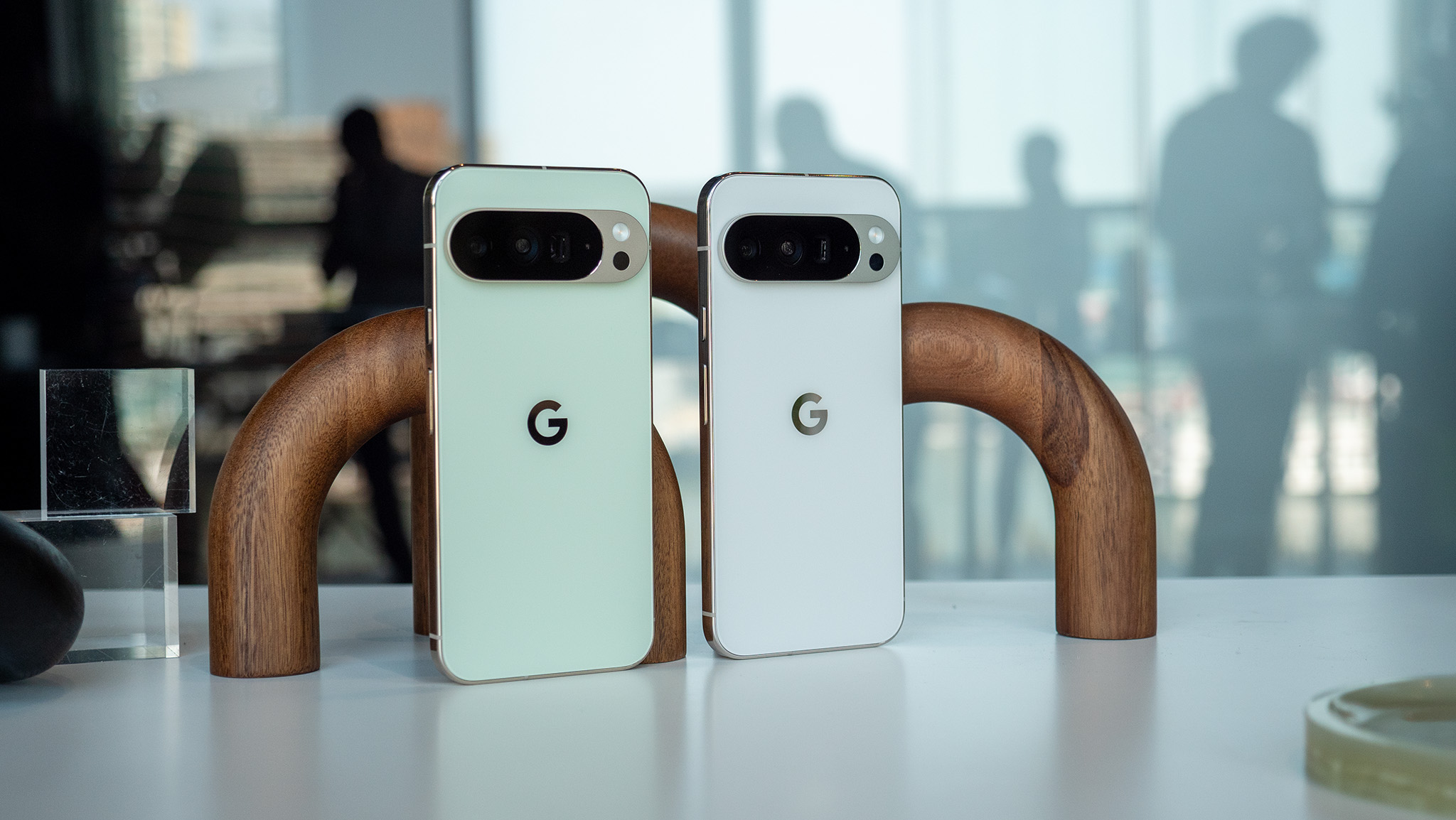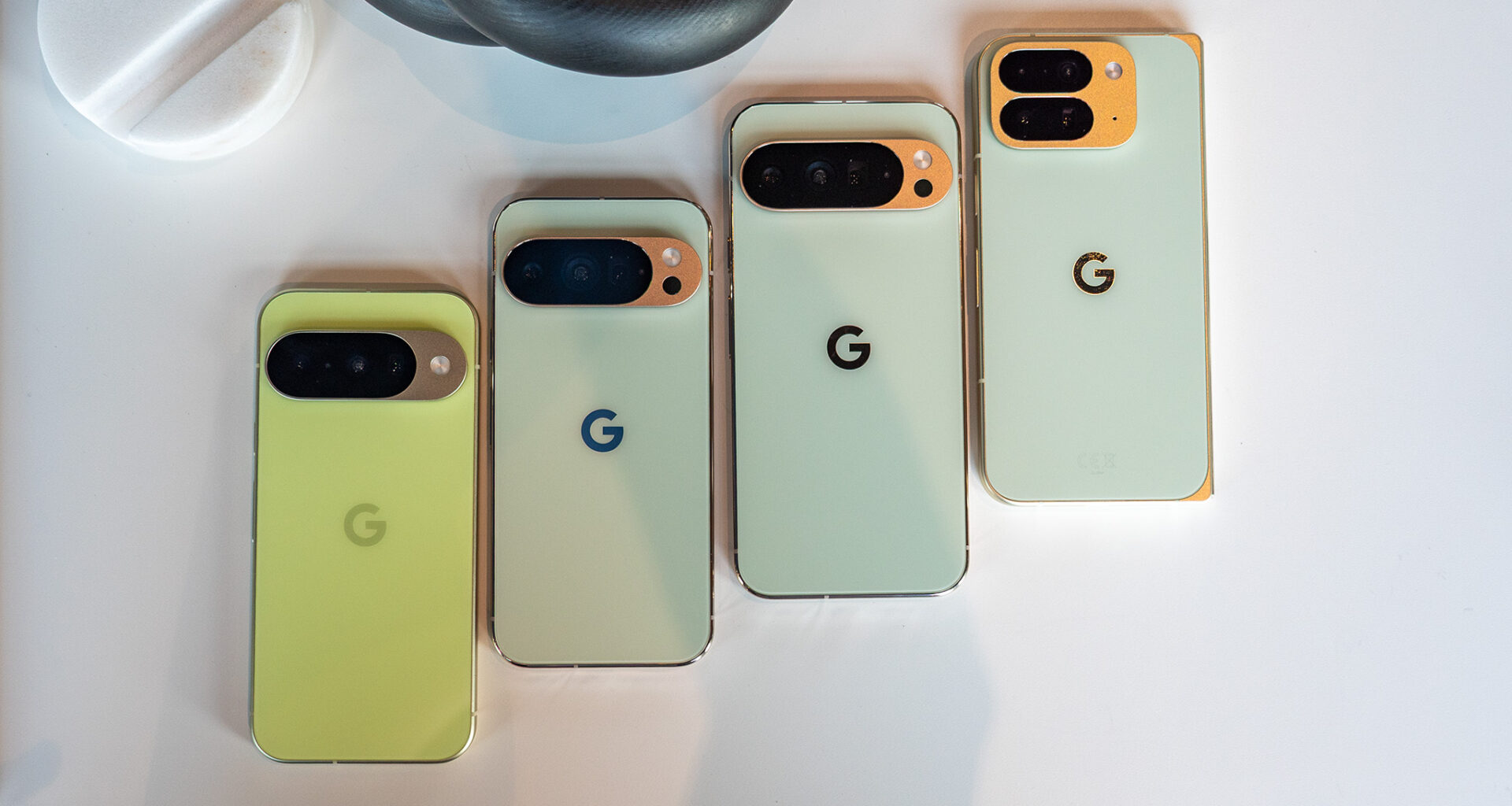- Google reminisced about its Pixel line, highlighting where it came from since the first Pixel launch in 2016.
- Those earlier Pixels, the Pixel and Pixel XL, were much simpler with a casual two-toned design and a smaller camera.
- Since 2016, Google states its continued to press forward with hardware and software updates for Pixel exclusive features and a personalized experience.
- The Tensor G5 has also become crucial to its Pixel series, surging forward with big AI improvements, features, and camera assistance.
Made by Google was on August 20, and it held the company’s major Pixel 10 reveal, but there’s another momentous occasion being celebrated: 10 generations of phones.
Google went on a trip down memory lane, highlighting the nearly ten-year history of its Pixel phone series. The series first got its beginnings in 2016 when the initial Pixel and Pixel XL graced a San Francisco audience. The post states that the first models “established” what it has continued to strive for presently: AI-powered cameras, exclusive features, and a “deeply personalized” Google experience. Those early devices were also much simpler, with smaller cameras and a two-toned aesthetic.
Dave Sander, vice president of Operations at Google, said, “Smartphones in general are some of the most complex consumer electronic devices you can make.” Sander mentioned the complexities engineers and programmers face daily to ensure the next Pixel meets that higher (expected) standard.
You may like
Hardware and software go hand-in-hand, and that’s exactly what Google states has led it throughout the Pixel series thus far. While Google states it has continued to raise the bar in terms of its phone material, opting for more “premium materials,” the company has also upgraded its camera systems.
Google says that its Camera Bar has become central to its Pixel design, as consumers recognize it in tandem with the company’s design language. Under the hood, users have features like Top Shot, Astrophotography, Add Me, Night Sight, Photo Unblur, and much more.
Google’s Tensor is the core of Pixel

(Image credit: Source: Google)
Google attributes a bulk of its internal software enhancements to its in-house custom chip, the Tensor. The Pixel 10 series rocks the Tensor G5, delivering a large boost to performance, power, but most of all, AI. Shenaz Zack, senior director of product management for Pixel software, states the Tensor SoC is responsible for bringing the Pixel’s Live Translate to life, as well as Clear Calling, Best Take, and more.
Taking things even further was the Pixel 9 series, which Google states “introduced our first phones with Gemini built-in.” The company has pushed forward, adding even more for users with the Pixel 10 series launch in NYC. Google says that the work it continues to do is a continuous callback to what its CEO, Sundar Pichai, said about the initial launch in 2016. Those early Pixels were designed to give users “the best of Google” by their side, and it seems adamant on furthering that narrative.
Google’s exclusive features march on

(Image credit: Nicholas Sutrich / Android Central)
During the Pixel 10’s launch, Google highlighted the many game-changing AI features users would find, thanks to the Tensor G5 and Gemini. Magic Cue took center stage, woven into the Daily Hub as a user’s “personalized digest” of recommended daily actions, calendar reminders, suggested music, and much more. On its own, Magic Cue is an “in-context” AI-based feature that will leverage information when you need it.
Essentially, it does the hard work for you so you’re not swiping between apps all day. If a friend texts you, asking about the flight this weekend, Magic Cue will fetch those details for you without you needing to lift a finger.
Gemini Live also got an upgrade on the Pixel 10, enabling users to activate their camera so the AI sees what they see. Users can then query about what they’re looking at and have Gemini run the search and offer solutions quickly.
It’s worth reiterating that the Pixel 9, which brought in that massive camera bump, was, well, massive. At the time, Google’s Director of Design for Pixel phones, Claude Zellweger, explained why that was, and the reason was simple: the camera bump is huge because consumers want to take good pictures. Google discussed the interest in wanting to make good on consumer wishes, while also keeping the phone thin—a reality that’s hard to do, considering the components necessary for strong camera sensors.
However, the Pixel’s camera bump has become synonymous with its design. Though it’s not like we’re not used to seeing a camera bump on other flagships.
